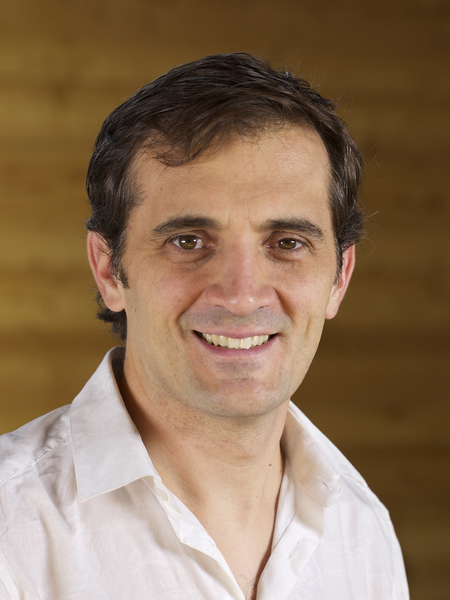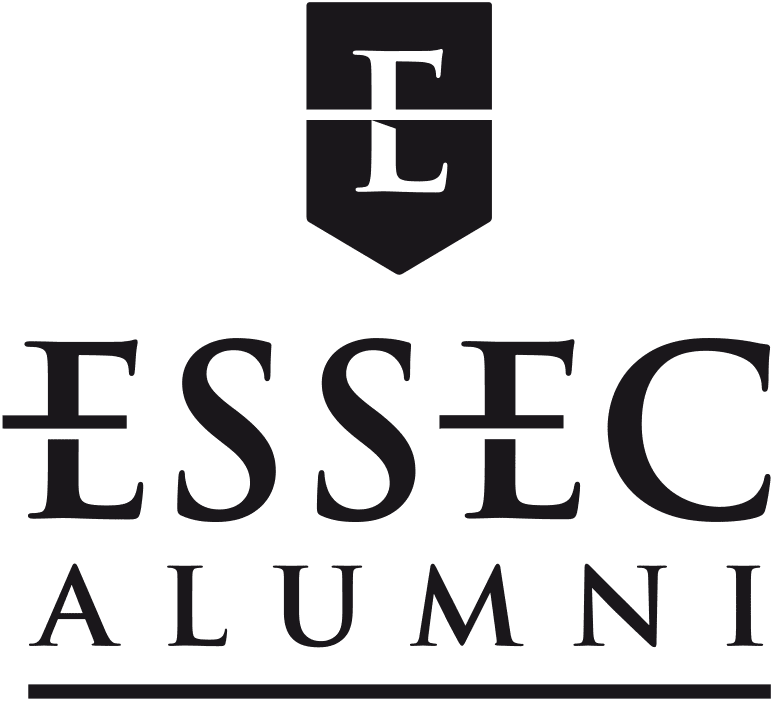Alice Black (E94), Director of the Design Museum in London: “There’s No Museum Like It in France”
In issue 126 of Reflets, Alice Black (E94) tells us how she left banking behind to become director of the Design Museum, one of London’s most prestigious cultural institutions. We have provided access to her profile for free… subscribe to read the rest of the issue!
Although Alice Black had been interested in the museum world since she started her studies, she nevertheless chose to begin her career at the Crédit Lyonnais in New York. “I’d dreamed of living in the USA. And I thought that learning the basics of finance would always be useful”. She joined Crédit Lyonnais while the company was going through a difficult period, and had to restructure some of its local business. But she didn’t see why that should put her off. “On the contrary, I learned a lot about how a company works during a crisis, as well as the things it has to leverage to bounce back. I also learned about managing investments, writing reports, and analysing profits.” And all of these lessons can be put to good use in any company and any sector. “I just needed to transfer my skills over to what I’m really passionate about.”
Switching sides
Alice Black never gave up on working in culture. In 1998, she saw her move to London to accompany her husband as an opportunity to start from scratch. “The British government had just launched a whole series of cultural projects with National Lottery funding, and was investing in building museums and galleries.” This context of this cultural boom persuaded her that the time was right. “I started out as a volunteer at the Tate Art Gallery working in patronage, to get a taste of what it was all about. Then I got a sales job with Acoustiguide, the company that made audioguides for the exhibitions.” As she researched her new career, she travelled all over the UK meeting the directors of different museums. “This helped me to build a solid network and to understand what makes British cultural organisations tick, whether in London or in other regions.”
Joining the museum
Four years later, she decided to permanently leave the business world behind and became corporate planning manager for the Imperial War Museum. “I served as the interface between the board of directors and the finance department. On one side, I converted the group’s direction and priorities into budgetary reality. And on the other, I wrote reports and recommendations on strategic issues: how to increase sales revenue, how to make the most of digital technology, how to reach new generations of visitors...” Next, she seized an internal opportunity and became curator of the Cabinet War Rooms. “In general, a curator runs the exhibition. But in this case it was more a matter of handling administration of the museum, exhibitions, the general public, and access authorizations. That meant I gained operational and managerial experience.”
New direction
In 2007, a job ad caught Alice’s eye: the Design Museum was looking for a deputy director to oversee its transformation. “The board had just approved acquisition of a new site which would see the museum move from a 3,000m2 site with 150,000 visitors every year, 40 staff, and a budget of £2 million, to a new 10,000m2 site, with 700,000 visitors per year, 100 staff, and a budget of £9 million.” She applied and found herself leading the project to renovate the Commonwealth Institute in Kensington – a listed building – in partnership with a property developer. “I raised £80 million and managed the renovation work, which took 10 years.” It was time well spent. “We did not only move, we reinvented ourselves. Before, we held 6–8 exhibitions per year, mainly for a single exhibitor. Today, we have a permanent exhibition, two temporary exhibition spaces, 500m2 of teaching space, an auditorium...”
First class
When the new museum opened in 2016, Alice’s role also changed. She was responsible for developing the Design Museum’s educational programmes. These included Ventura, a competition that involved 15,000 secondary school pupils every year. “All participating schools help to create, produce, cost, and present a new product for the museum’s shop. The winning product is made and goes on sale, with the proceeds going to charity. The participants learn about design and business, as well as developing their soft skills.” Other programmes are more focused on executive education: “We organise various seminars for professionals. One example is a starting a business course for designers who want to go self-employed.” But the museum also wants to reach out to the general public. “You don’t need to be a specialist to be interested in design. We are all trying to understand the world around us. And design is everywhere we look. There’s a creative process at work in most parts of modern life.”
Accounts in order
Alice faces another challenge in her efforts to diversify the museum: the Design Museum is 98% self-funded, with State subsidies covering only a tiny portion of the budget. This meant she had to find more sources of funding. “I don’t think there are any museums in a similar situation in France...” Fortunately, there is a natural connection between the design and business worlds, which paved the way for fruitful partnerships all-round. “For example, we are an integral part of the learning process for designers at Jaguar Land Rover. It’s a win-win situation: by coming to us for training, they also help us to stay in direct contact with the next generation of designers and new ways of working.”
So it’s all working out? “I have to admit that I’m getting ready for some difficult years ahead due to Brexit…” The Design Museum regularly invites exhibitions from Europe, and sends its own all over the continent. “If it becomes more complicated to move people and goods, we will keep doing it, but less often than before, and less well.” Not to mention another impact: “Many of our partner companies have already left for Paris and Luxembourg.”
A situation that only comforts Alice in her role representing and promoting design: “The creative industries are one of the UK’s strengths. By showcasing them we show what’s best about the country, and tell a more positive story than Brexit.”
Interview by Louis Armengaud Wurmser (E10), ESSEC Alumni Content Manager
Published in issue 126 of Reflets. To access all of the contents of Reflets ESSEC magazine, click here.
Illustration : © Phil Sharp

comments0
You don't have the rights to read or add a comment.
Suggested Articles

